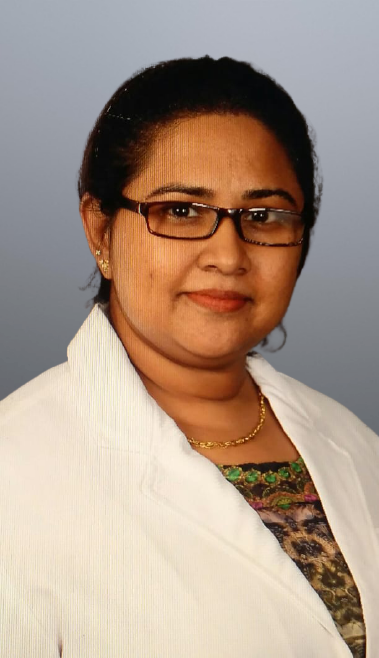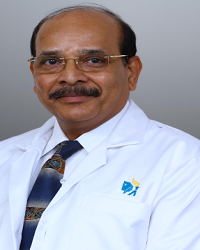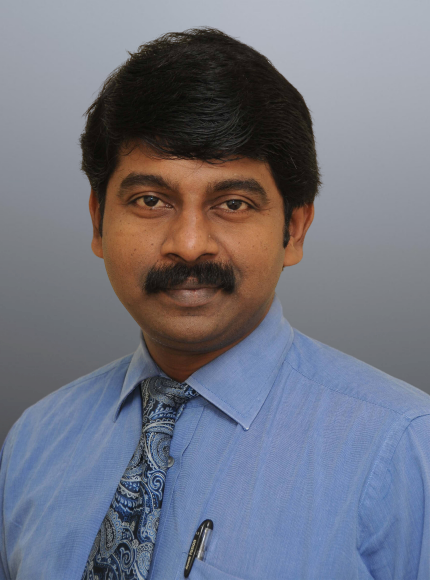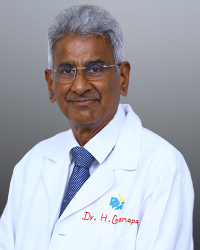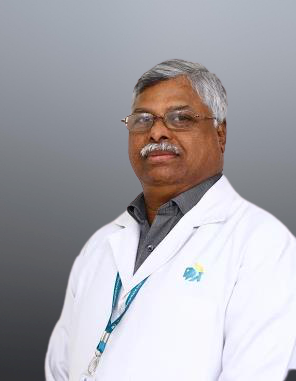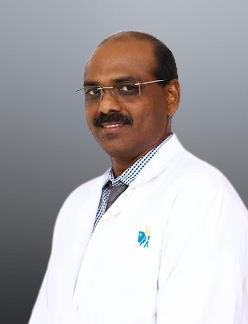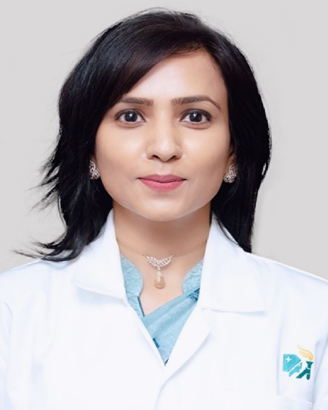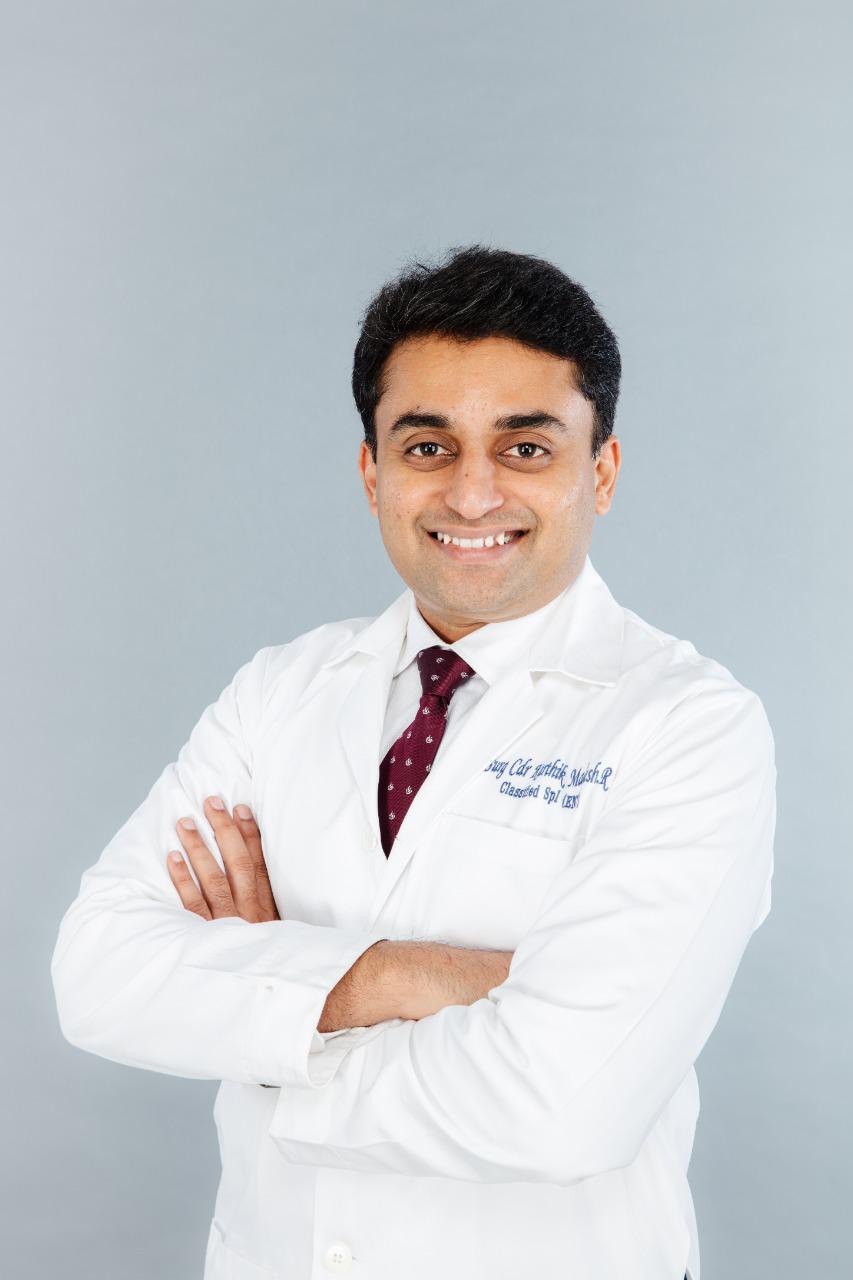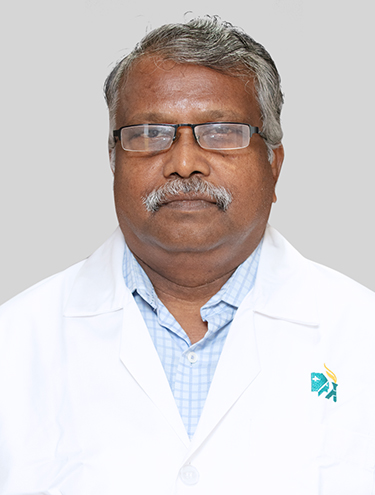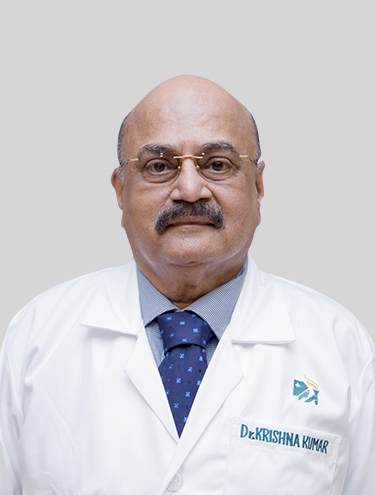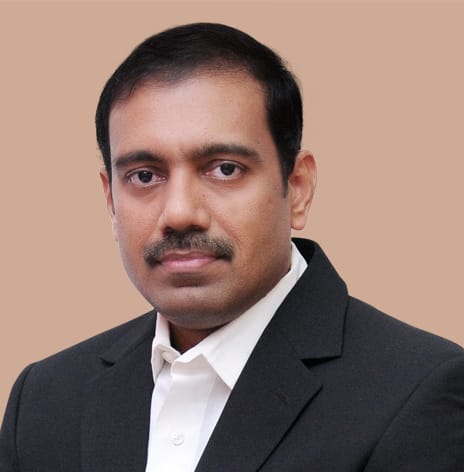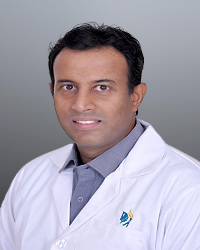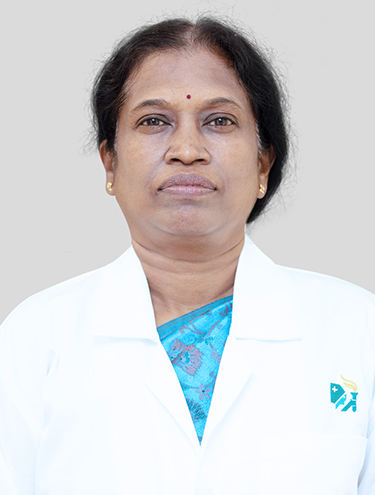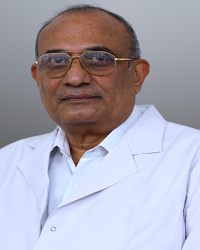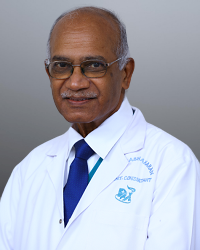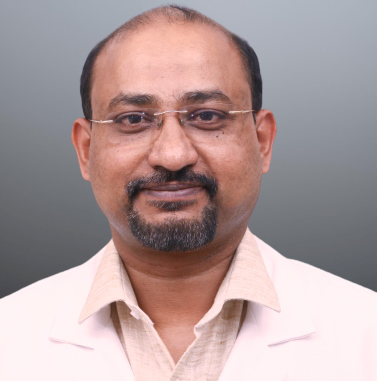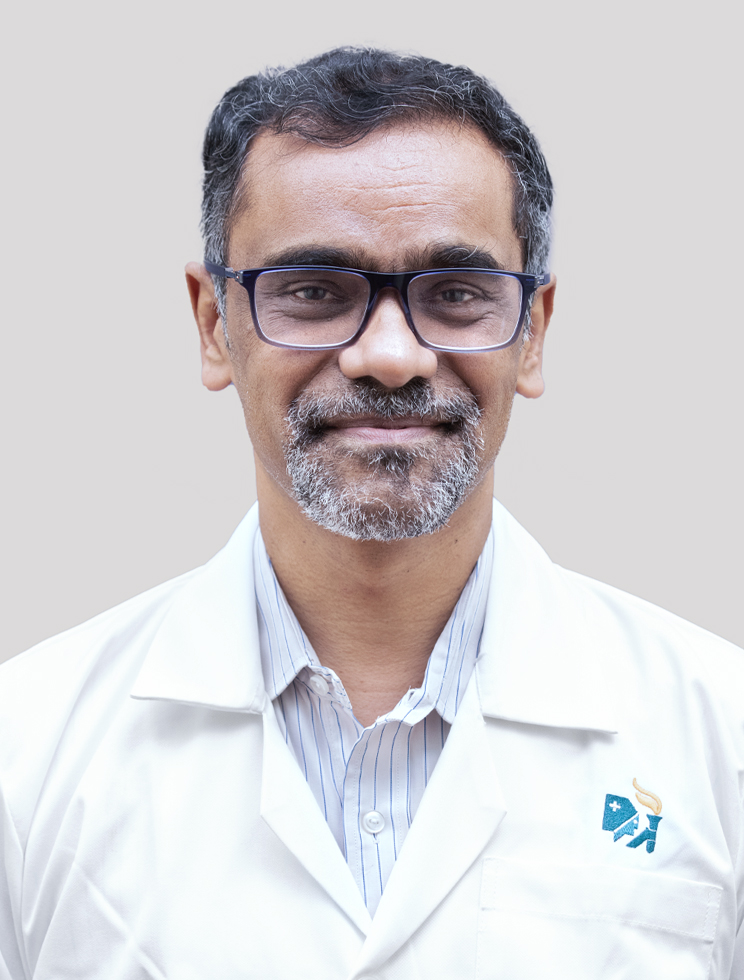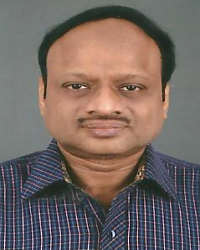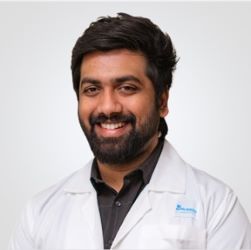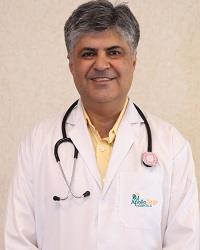Search Result: 50

Dr A Sudha
MBBS, DLO, DNB
Registration No
621034
Language
English, हिंदी, മലയാളം, தமிழ்

19 years experience overall

Poonamallee High Road , Chennai
MON- SAT, MON- SAT, MON- SAT(05:00 PM-06:00 PM)

Dr Anupama K
MBBS MS ENT MCH NEUROSURGERY 2 YRS AND DISCONTINUED
Registration No
2522458
Language
English, தமிழ், తెలుగు

7 years experience overall

Poonamallee High Road , Chennai
MON, WED, FRI(06:00 PM-07:00 PM)

Dr Babu Manohar
MBBS; DLO ; FRCS(ENGLAND)
Registration No
747
Language
English, हिंदी, தமிழ், తెలుగు

36 years experience overall

GREAMS ROAD , Chennai
MON- SAT, MON- SAT | MON- SAT(04:00 PM-05:00 PM | 09:15 AM-12:00 PM)

Dr Balaji R
MBBS,MS(ENT)
Registration No
256185
Language
English

15 years experience overall

GREAMS ROAD & Greams Road & Greams Road , Chennai
MON- SAT, MON- SAT | MON- SAT, MON- SAT(09:00 AM-12:30 PM | 03:45 PM-06:00 PM)

Dr Ganapathy H
MBBS, MS(ENT).,DLO.,MNAMS
Registration No
40
Language
English, हिंदी, മലയാളം, தமிழ்

41 years experience overall

GREAMS ROAD , Chennai
MON- SAT, MON- SAT(12:00 PM-02:00 PM)

Dr Ganesh R
B.Sc, MBBS, MS, DLO(ENT)
Registration No
411064
Language
English, தமிழ், తెలుగు

31 years experience overall

Vanagaram , Chennai
MON- SAT, MON- SAT, MON- SAT(02:00 PM-04:00 PM)

Dr Govindaraj S
MBBS, DLO, DNB
Registration No
410522
Language
English, हिंदी, தமிழ், తెలుగు

18 years experience overall

Vanagaram , Chennai
MON- SAT, MON- SAT, MON- SAT(10:00 AM-01:00 PM)

Dr Jeenat Malawat
MBBS, MS
Registration No
6512488
Language
English, हिंदी, தமிழ்

10 years experience overall

Greams Road , Chennai
SUN- SAT(09:00 AM-04:00 PM)

Dr Karthik Madesh Ratnavelu
MS(ENT-HEAD & NECK SURGERY)
Registration No
4034607
Language
English, हिंदी, മലയാളം, தமிழ், తెలుగు

14 years experience overall

Vanagaram , Chennai
MON- SAT, MON- SAT, MON- SAT(09:00 AM-05:00 PM)

Dr Kavya M S
MBBS,MS ENT HEAD & NECK SURGERY
Registration No
2237034
Language
English, हिंदी, ಕನ್ನಡ, मराठी, தமிழ், తెలుగు

3 years experience overall

Alwarpet , Chennai
MON- SAT(10:00 AM-10:15 AM)

Dr Kirupanandam G
MBBS, MS(ENT), D.L.O
Registration No
75899
Language
English

28 years experience overall

TONDIARPET , Chennai
MON, WED, FRI, MON, WED, FRI(04:30 PM-05:30 PM)

Dr Krishna Kumar
MBBS, MS ENT, Diploma in Oto-Rhino-Laryngology
Registration No
1490211
Language
English, العَرَبِيَّة, हिंदी, தமிழ்

45 years experience overall

Old Mahabalipuram Road , Chennai
MON- SAT, MON- SAT(10:00 AM-04:00 PM)

Dr M Gowri Shankar
MBBS/ DLO/DNB/MS ENT
Registration No
1901129
Language
English, हिंदी, தமிழ்

20 years experience overall

Greams Road , Chennai
MON- SAT(03:00 PM-04:00 PM)

Dr Manu Vergis
MBBS, DLO, MS
Registration No
1528136
Language
English

16 years experience overall

Old Mahabalipuram Road , Chennai
MON- SAT, MON- SAT(11:00 AM-02:00 PM)

Dr Muraleedharan K
MS (ENT), DLO
Registration No
699976
Language
English, ಕನ್ನಡ

35 years experience overall

MRC Nagar , Chennai
MON- SAT(04:30 PM-05:30 PM)

Dr Niraj Joshi
MBBS, MD, DLO, PhD, FAGE
Registration No
621039
Language
English, हिंदी, русский, தமிழ், తెలుగు

18 years experience overall

Alwarpet , Chennai
MON- SAT(06:00 PM-07:00 PM)

Dr Nithya Narayanan
MBBS, DLO, DNB (ENT), MNAMS
Registration No
108300
Language
English, தமிழ்

19 years experience overall

GREAMS ROAD & Greams Road , Chennai
MON- SAT, MON- SAT | MON- SAT, MON- SAT(02:00 PM-04:00 PM | 10:00 AM-12:00 PM)

Dr P S Reddy
MS(DLO)
Registration No
45
Language
English, தமிழ்

40 years experience overall

GREAMS ROAD , Chennai
MON- SAT, MON- SAT | MON- SAT, MON- SAT(09:00 AM-01:00 PM | 03:30 PM-05:00 PM)

Dr Prabha Karthik
MBBS, DNB
Registration No
596534
Language
English

0 years experience overall

Alwarpet , Chennai
MON | TUE | WED | THU | FRI | SAT(12:30 PM-01:30 PM | 06:30 PM-07:30 PM | 12:30 PM-01:30 PM | 06:30 PM-07:30 PM | 12:30 PM-01:30 PM | 12:30 PM-01:10 PM)

Dr Prabhakaran M
MBBS; DLO; MS(Ent)
Registration No
70
Language
English, தமிழ்

36 years experience overall

GREAMS ROAD , Chennai
MON- FRI(11:00 AM-12:00 PM)

Dr Prasanna Kumar Saravanam
MBBS , DLO , DNB , Ph.D.
Registration No
2237043
Language
English, தமிழ்

20 years experience overall

Vanagaram , Chennai
MON- SAT(05:00 PM-06:00 PM)

Dr Rajasekar M K
MS (ENT), DLO
Registration No
228880
Language
English, हिंदी, தமிழ்

30 years experience overall

Alwarpet , Chennai
MON, WED, FRI(06:30 PM-07:30 PM)

Dr Sathya Narayanan
M.B.B.S. M.S. (ENT)
Registration No
6447257
Language
English, हिंदी, தமிழ்

6 years experience overall

Alwarpet , Chennai
SUN- SAT(02:00 PM-06:00 PM)
Frequently Asked Questions for Tracheostomy in Chennai
The decision of when to remove the tracheostomy tube depends on several factors, including the underlying medical condition, the patient’s overall health, and their ability to tolerate the tube. Generally, the tube may be removed once the patient’s breathing has improved and they can maintain adequate oxygen levels without assistance. However, it is important to discuss with your doctor the best time to remove the tube for you.
The duration of intubation before considering a tracheostomy varies depending on individual patient factors and medical conditions. If intubation is anticipated to be needed for more than 7-14 days, a tracheostomy may be considered. The treating doctor decides after carefully evaluating the patient’s condition and needs.
To reduce tracheostomy secretions, it is important to maintain good hydration by taking plenty of fluids. Humidification of the inspired air can also help loosen and thin secretions. Regular suctioning of the tracheostomy tube may be necessary to remove excess secretions, and medications may be prescribed to help control excessive mucus production.
A fenestrated tracheostomy tube is a special tube with a small opening or fenestration in the tube. This improves airflow through the upper airway, enabling patients to speak or breathe more easily.
Yes, it is possible for patients with a tracheostomy to eat or drink. However, there may be changes in the way you eat and swallow food. Give yourself time to adjust and follow the instructions provided by your doctor.
The eligibility criteria for tracheostomy depend on various factors, including underlying medical conditions, respiratory function tests, and consultation with a specialist. A thorough ENT or thoracic surgeon evaluation is necessary to determine if tracheostomy is appropriate for a patient.
Closing a tracheostomy hole can be done surgically or non-surgically. Surgical closure involves removing the tracheostomy tube and suturing the stoma closed. Non-surgical closure may involve gradually downsizing or capping the tracheostomy tube under medical supervision until it can be safely removed.
After the tracheostomy, the patient will receive detailed instructions on how to care for the tube and stoma. This includes regular tube cleaning, monitoring for signs of infection or blockage, and following any dietary or activity restrictions. Regular doctor follow-ups are necessary to ensure proper healing and address any concerns.
The actual tracheostomy procedure typically takes around 30-60 minutes to complete. However, the overall time spent in the hospital may vary depending on individual factors and the need for post-operative monitoring and care.
Before a tracheostomy, the patient will undergo a thorough examination by the doctor to determine the need for the procedure. This may include physical examinations, imaging tests, and consultations with other specialists. The patient will also be advised on any necessary lifestyle changes or precautions before the surgery, such as stopping certain medications or fasting before the procedure.
Tracheostomy has a high success rate, with most patients experiencing improved breathing and quality of life after the procedure. The success rate may vary depending on the underlying condition and the skill of the performing doctor, but overall, tracheostomy is considered a safe and effective procedure.
The recovery time for tracheostomy can vary depending on individual factors and the reason for the procedure. Generally, patients may need to stay in the hospital for several days to a week after the surgery. After discharge, ongoing care and follow-up visits are necessary to monitor healing and manage complications.
Tracheostomy is typically performed by an Ear, Nose, and Throat (ENT) surgeon or a thoracic surgeon. These doctors have the expertise and experience to safely perform the procedure and manage any complications that may arise.
There are two main types of tracheostomy: temporary and permanent. Temporary tracheostomy is done when there is a short-term need for an alternate airway, such as during surgery or when a patient recovers from a respiratory illness. When there is a long-term or permanent need for an alternate airway, such as in cases of severe airway obstruction or paralysis, a permanent tracheostomy is considered.
Tracheostomy or tracheotomy is a surgical procedure in which a small opening is made through the front of the neck to create an alternate airway. This opening — called a tracheostomy stoma — gives direct access to the windpipe (trachea) and is usually done when a person has difficulty breathing or needs assistance.
Related Procedures in Chennai
- Doctors for Laryngoscopy in Chennai
- Doctors for Septoplasty in Chennai
- Doctors for Tonsillectomy in Chennai
- Doctors for Tympanoplasty in Chennai
- Doctors for Tympanomastoidectomy in Chennai
- Doctors for Tracheostomy in Chennai
- Doctors for Cochlear Implant in Chennai
- Doctors for Adenoidectomy in Chennai
- Doctors for Myringoplasty in Chennai
- Doctors for Laryngectomy in Chennai
- Doctors for Stapedectomy in Chennai
- Doctors for Parotidectomy in Chennai
- Doctors for Functional Endoscopic Sinus Surgery in Chennai
- Doctors for Ear tubes in Chennai
Other Specialities in Chennai
- Best Urologist in Chennai
- Best Pulmonologist in Chennai
- Best General Physician in Chennai
- Best Endocrinologist in Chennai
- Best Cardiologist in Chennai
- Best Oncologist in Chennai
- Best Radiologist in Chennai
- Best Orthopedics in Chennai
- Best Hepatologist in Chennai
- Best Gynecologist in Chennai
- Best Dermatologist in Chennai
- Best Gastroenterologist in Chennai
- Best Psychologist in Chennai
- Best Ent Specialist in Chennai
- Best Nephrologist in Chennai
- Best Rheumatologist in Chennai
- Best Diabetologist in Chennai
- Best Psychiatrist in Chennai
- Best Neonatologist in Chennai
- Best Dentist in Chennai
- Best Dietitian in Chennai
- Best Haematologist in Chennai
- Best Pediatrics in Chennai
- Best General Surgeon in Chennai
Top Hospitals in India
- Hospitals in Ahmedabad
- Hospitals in Bangalore
- Hospitals in Bhubaneswar
- Hospitals in Bilaspur
- Hospitals in Chennai
- Hospitals in Delhi
- Hospitals in Guwahati
- Hospitals in Hyderabad
- Hospitals in Indore
- Hospitals in Kolkata
- Hospitals in Madurai
- Hospitals in Mumbai
- Hospitals in Mysore
- Hospitals in Nashik
- Hospitals in Noida
- Hospitals in Visakhapatnam
- Hospitals in Lucknow
- Hospitals in Bhopal
- Hospitals in Karur
- Hospitals in Kochi
- Hospitals in Nellore
- Hospitals in Trichy
- Hospitals in Kakinada
© Copyright 2024. Apollo Hospitals Group. All Rights Reserved.



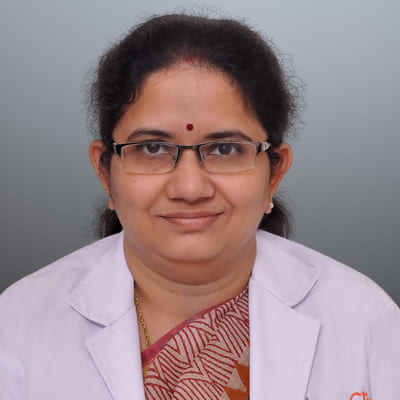
 Call Now
Call Now